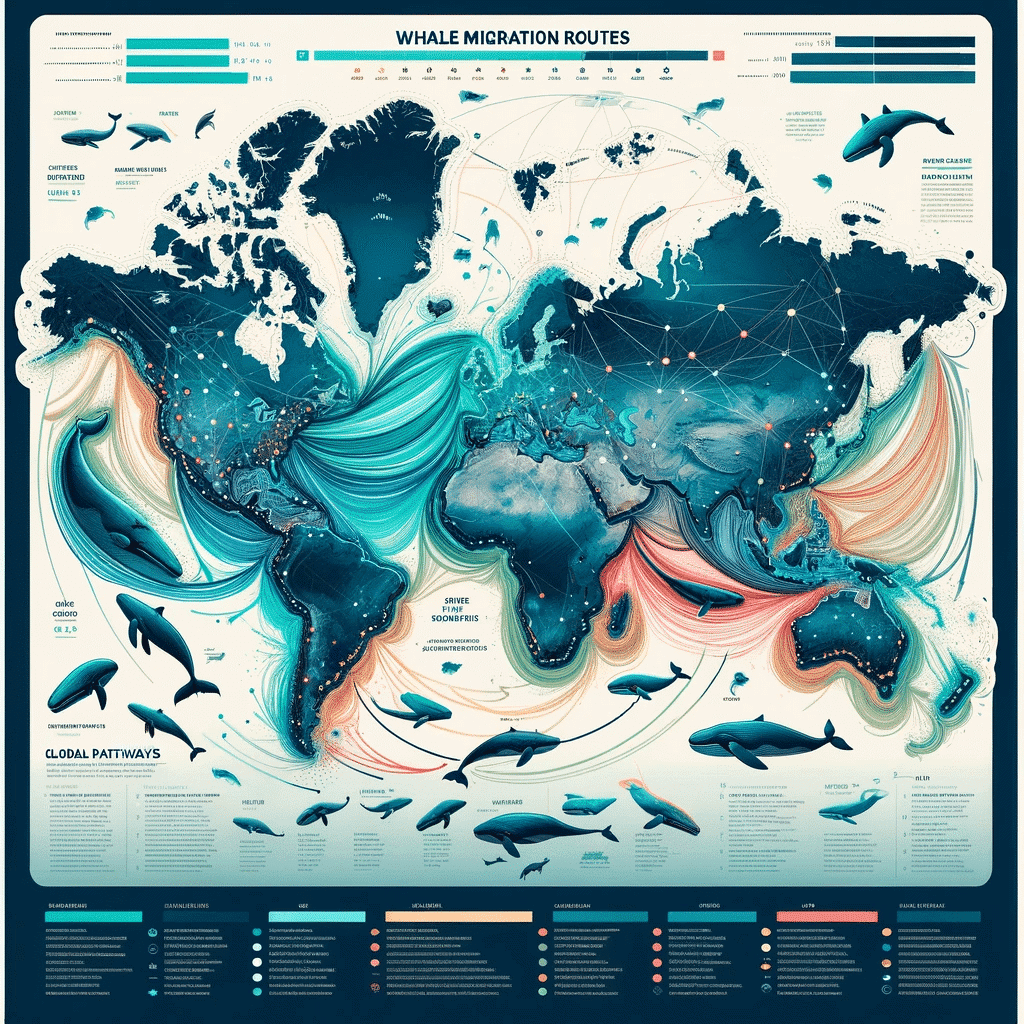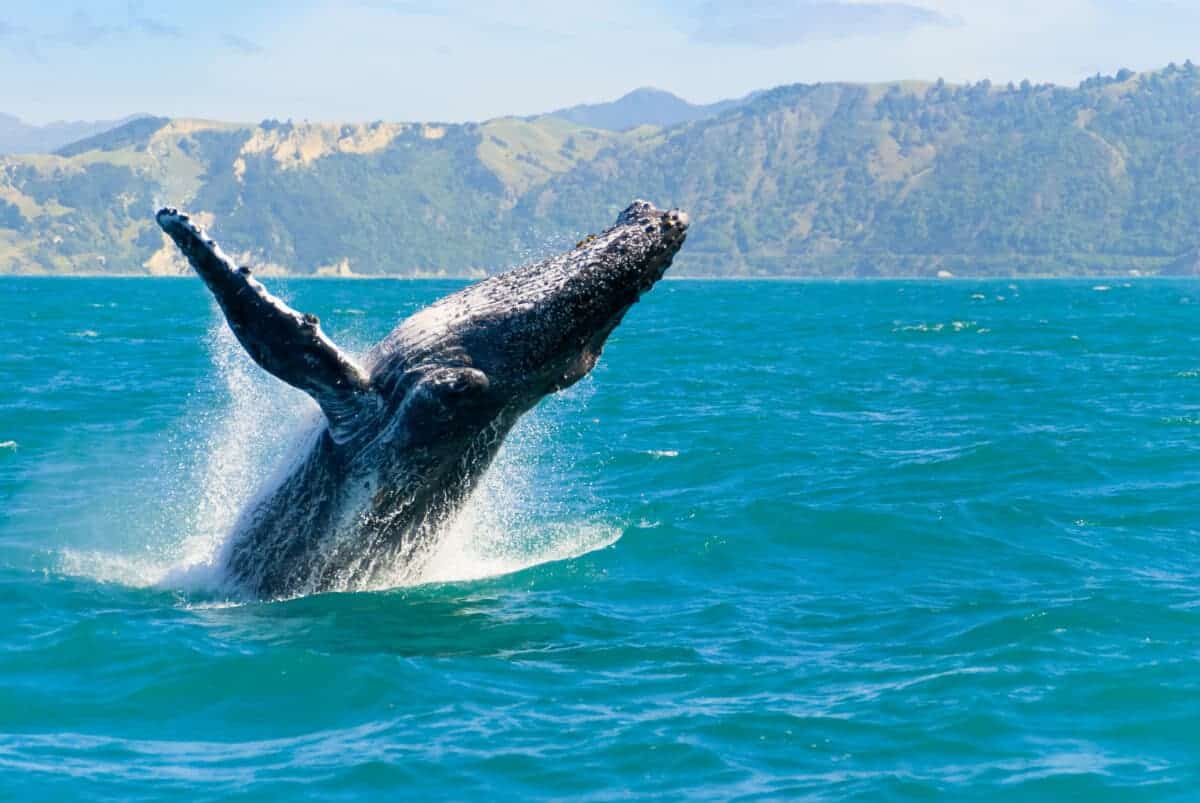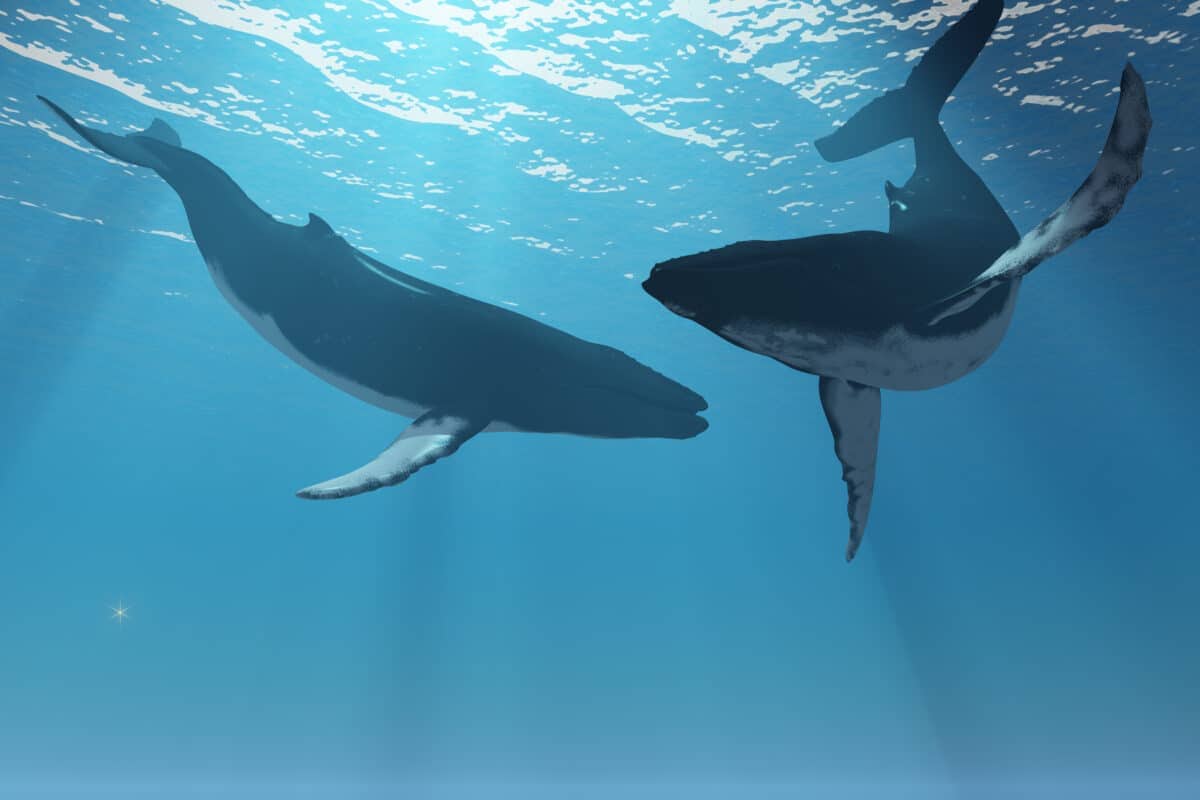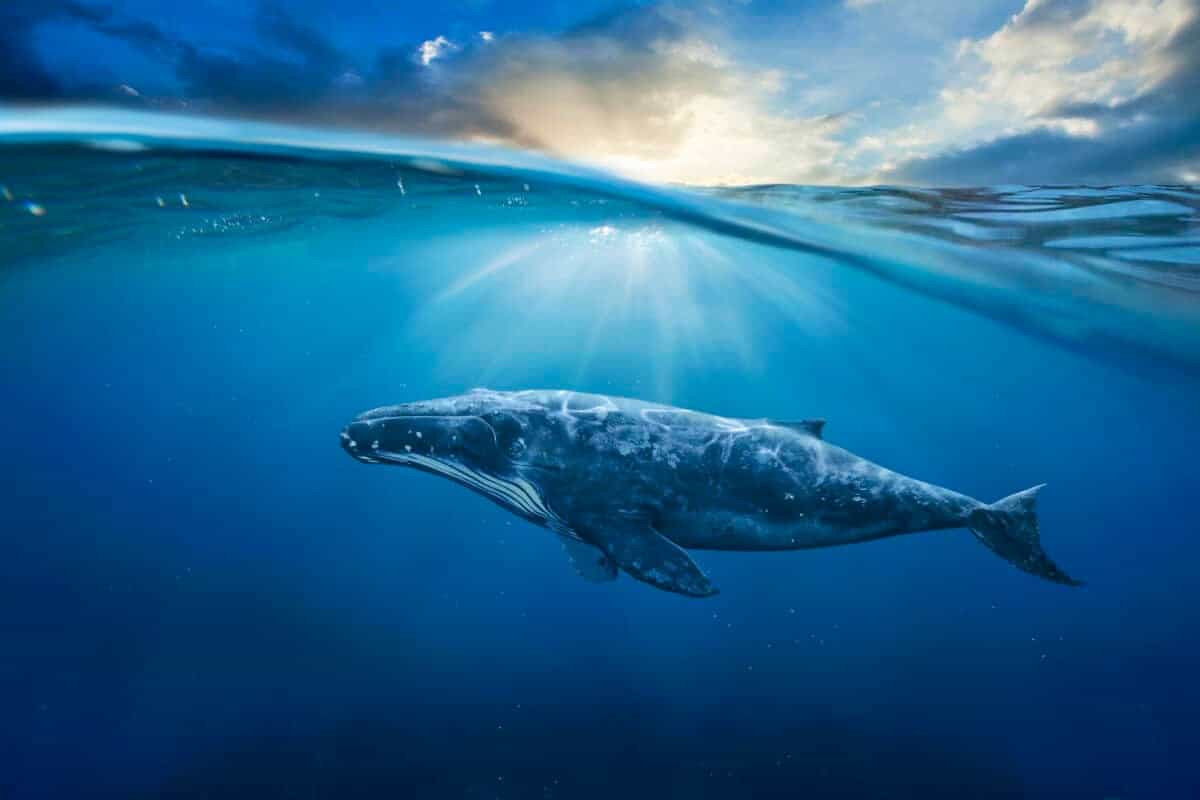The annual migration of whales is one of the most captivating and awe-inspiring events in the natural world. Majestic giants of the oceans, they embark on incredible journeys covering thousands of miles to reach their breeding and feeding grounds. In this article, we delve into the fascinating phenomenon of whale migration, exploring the distinct patterns observed in both the Northern and Southern Hemispheres.

Northern Hemisphere Whales:
As winter approaches in the Northern Hemisphere, a spectacular display of migration unfolds across its vast oceans. Various species, including the humpback, gray, and blue whales, make their way from colder feeding grounds in the Arctic and subarctic regions towards warmer waters nearer the equator for breeding and calving.
Humpback whales, known for their acrobatic displays, undertake one of the longest migrations of any mammal. They travel from their summer feeding grounds in the North Pacific and North Atlantic to breed and give birth in the tropical waters near Hawaii or the Caribbean. The migration serves a dual purpose, providing a safer environment for the vulnerable calves and allowing the adults to mate in the nutrient-rich tropical waters.

The gray whale, another Northern Hemisphere migratory marvel, embarks on an epic journey from the Arctic to the warm lagoons of Baja California. This incredible migration covers a distance of over 10,000 miles, as the whales navigate through the chilly Bering Sea and the dangerous currents of the Pacific Ocean. The purpose of their migration is primarily for calving, with the protected lagoons providing a safe haven for the newborns.
Southern Hemisphere Whales:
Conversely, in the Southern Hemisphere, whales undergo a similar but distinct migration pattern. Species such as the southern right whale, orcas, and minke whales traverse the vast expanses of the Southern Ocean, seeking out warmer waters for their reproductive activities.
The southern right whale, named for being the “right” whale to hunt due to its slow swimming and tendency to float when killed, migrates from its feeding grounds in the Antarctic to the sheltered bays and coves of South America, Australia, and South Africa for breeding. These coastal waters provide a protective environment for the calves, shielding them from the numerous predators present in the open ocean.

Orcas, also known as killer whales, exhibit a more varied migration pattern. While some populations remain near their feeding grounds throughout the year, others undertake extensive journeys between polar and temperate regions. These migrations are often associated with the availability of prey, as orcas follow the movements of their preferred food sources, such as seals and sea lions.
Conclusion:
Whale migration is a testament to the extraordinary instincts and adaptability of these marine giants. Whether in the Northern or Southern Hemisphere, these creatures navigate vast oceans, facing myriad challenges to ensure the survival of their species. The annual odyssey of whales serves as a poignant reminder of the interconnectedness of marine ecosystems and the delicate balance that sustains life in the world’s oceans. As we marvel at the grandeur of these migrations, let us also recognize the importance of preserving these majestic creatures and the habitats that support their remarkable journeys.
Join our Forum for free today!

- Second American Killed by Elephant in Zambia This Year - July 22, 2024
- Elderly Man Kills Grizzly Bear in Montana - July 22, 2024
- Missing Cat Found Weeks Later, 40 Miles Away - July 21, 2024

